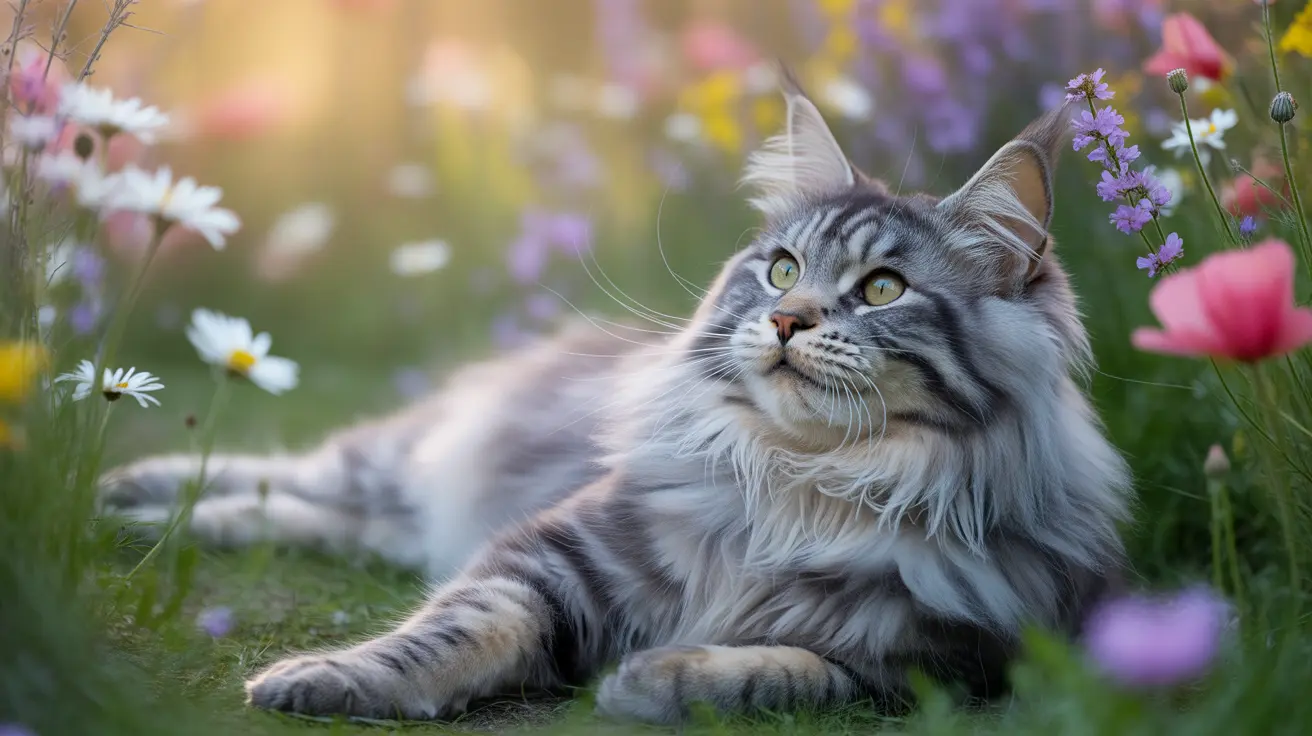The Origins of the Rainbow Bridge Story
The Rainbow Bridge story we know today originated in 1959 when Scottish artist and animal lover Edna Clyne-Rekhy penned the original poem in memory of her beloved dog. However, the concept truly gained widespread recognition during the 1980s and 1990s, particularly as the internet allowed grieving pet owners to share and find comfort in the story online.
While several individuals have claimed authorship over the years, including Paul C. Dahm and William Britton, historical research consistently points to Clyne-Rekhy as the original author. The story's universal appeal transcends its contested origins, focusing instead on its power to comfort those in mourning.
Understanding the Rainbow Bridge Metaphor
The Rainbow Bridge describes a serene meadow located "just this side of Heaven" where deceased pets await their human companions. In this idyllic setting, cats and other animals are restored to perfect health and vitality, free from any ailments or injuries they may have suffered in life.
This peaceful waiting place features endless sunshine, fresh water, and plenty of treats. Cats can play with other animal friends while they patiently wait for their beloved humans. When their owner eventually passes away, they're reunited in joyful recognition before crossing the Rainbow Bridge together into paradise.
How the Rainbow Bridge Helps with Grief
The Rainbow Bridge concept serves as a powerful tool for processing the deep grief that comes with losing a cat. It provides several important psychological benefits:
- Offers hope for future reunion
- Provides comfort in knowing pets are no longer suffering
- Creates a sense of continued connection
- Helps children understand pet loss
- Validates the depth of human-animal bonds
Cultural Impact and Modern Usage
Today, the Rainbow Bridge has become an integral part of pet loss culture, especially in English-speaking countries. Veterinary clinics, pet crematoriums, and animal shelters frequently incorporate Rainbow Bridge imagery and language in their memorial services and sympathy materials.
Social media has further amplified the concept's reach, with countless posts using the phrase "crossed the Rainbow Bridge" to announce a pet's passing and receive support from the broader pet-loving community. The non-denominational nature of the concept allows it to resonate across various religious and cultural backgrounds.
Frequently Asked Questions
What is the meaning of the Rainbow Bridge in relation to cats and pet loss?
The Rainbow Bridge represents a peaceful afterlife where deceased cats wait in perfect health until they can reunite with their human companions. It's a metaphorical concept that helps pet owners cope with loss by envisioning their cats in a happy, pain-free place.
Who originally wrote the Rainbow Bridge poem and how did it become popular?
Edna Clyne-Rekhy wrote the original Rainbow Bridge poem in 1959 to commemorate her dog. The concept gained widespread popularity in the 1980s and 1990s through online sharing and pet loss support communities.
How does the Rainbow Bridge story help cat owners cope with the grief of losing a pet?
The Rainbow Bridge story provides comfort by offering hope for eventual reunion, assuring owners their cats are no longer suffering, and validating the deep bonds between humans and their pets. It creates a framework for understanding and processing grief.
Why do people say their cat has "crossed the Rainbow Bridge" after passing away?
This gentle euphemism for death helps people express their loss in a more comforting way. It suggests their cat has moved to a better place rather than simply ceased to exist, making the concept of death less final and easier to discuss.
How is the Rainbow Bridge concept used in pet memorials and sympathy expressions?
The Rainbow Bridge concept appears in sympathy cards, memorial services, pet cemetery monuments, and online tributes. It's widely used by veterinary professionals and pet loss support groups to offer comfort to grieving pet owners.
Conclusion
The Rainbow Bridge continues to provide invaluable comfort to grieving cat owners, offering a beautiful metaphor for the enduring love between pets and their human companions. Whether taken literally or appreciated as a healing metaphor, this concept helps countless people process their grief and maintain hope for a future reunion with their beloved feline friends.






